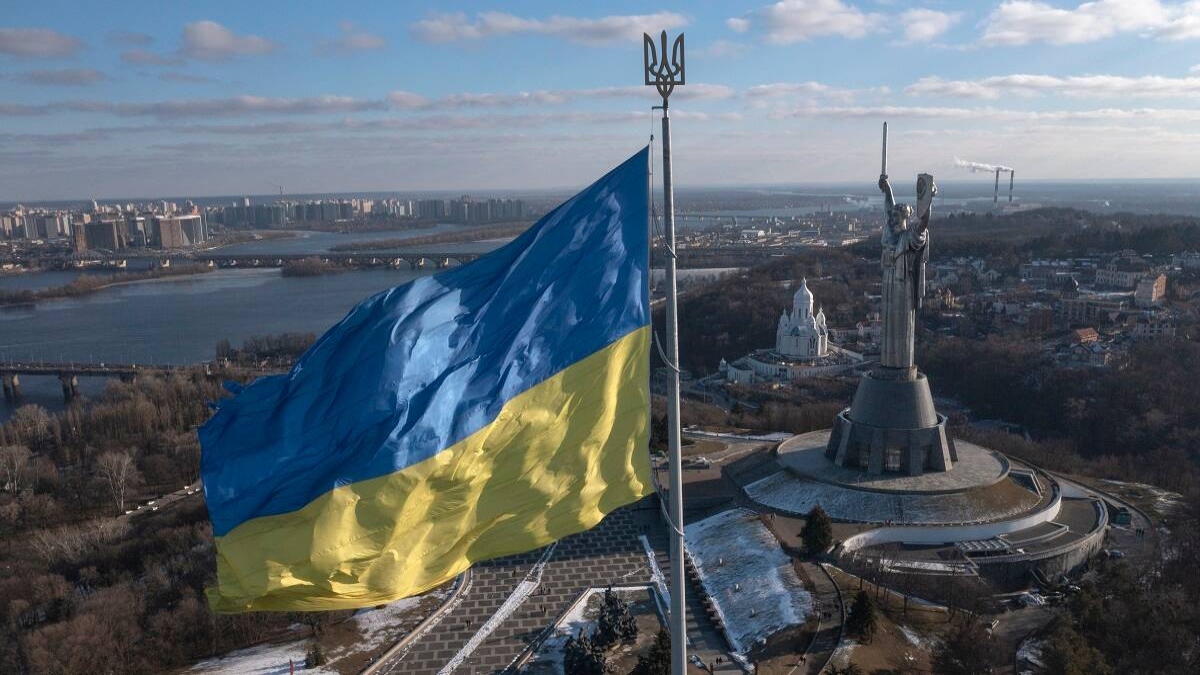The last big group of about 700 Indian students evacuated from the northeastern Ukrainian city of Sumy have boarded a special train from Poltava and are likely to board a flight to India from Poland on Thursday. On Wednesday, the students reached the railway station of the western city of Lviv safely and boarded a special train to Poland.
The students were escorted by the Indian Embassy in Ukraine in coordination with the Red Cross. Indian students from Sumy boarded the special train organised with the assistance of Ukrainian authorities. Indian Embassy in Ukraine assured that the Mission would continue to facilitate their movement westwards. “Bringing back our students safely and securely will remain our priority,” it wrote in a tweet.
A total of 8,000 Indians who were stranded in war-torn Ukraine have been evacuated through Romania, Government of India said on Wednesday. As per the government, the last flight will depart from Bucharest on Thursday.
Under Operation Ganga to rescue Indian citizens from Ukraine’s neighbouring countries, about 18,000 Indians have been brought back by special flights so far. A total of 410 Indians arrived in India on Tuesday by two special civilian flights from Ukraine’s neighbouring countries, said the Ministry of Civil Aviation in a statement.
With this, around 18,000 stranded Indians in Ukraine have been brought back through special flights which were pressed in services since 22 February 2022. The number of Indians airlifted by 75 special civilian flights goes up to 15,521. IAF had flown 12 missions to bring back 2,467 passengers, as part of Operation Ganga, and carried over 32-tonne relief material, read the release.
The MEA deployed more than 50 of its Russian speaking officials to execute Operation Ganga in Ukraine. A special team led by a joint secretary to take on-ground decisions vis-a-vis evacuation inside war-torn Ukraine also flew from New Delhi. Nearly 22,000 Indians, mainly students, have already been evacuated including from the most active dangerous zones like Kharkiv and Sumy in Ukraine. When the war broke out, idea was to strengthen the embassy in Kyiv. The first additional MEA team reached Ukraine on February 22. After that, it was a real challenge to flow in personnel, said an official familiar with the developments. He described Operation Ganga as a rare evacuation from an active conflict zone. A 24/7 war room with almost 100 staff members was also activated.
The biggest unsung heroes of this evacuation process were student contractors, the official said, adding that these contractors played a key role in coordination between students and the embassy. Where officials could not arrange and reach out, these contractors chipped in and helped.
Students had complained and expressed their concern on social media that embassy staff was not seen. The official said at most places these student contractors worked for the embassy. Interestingly, officials of the embassy also used local contacts to block seats on trains leaving for border areas.
Mobilizing transport was one of the biggest challenges and with the collapse of financial infrastructure, arranging money was a daunting task. All transactions were taking place in cash, the official said, adding that they took help from local volunteers and civil society groups. Shelters were erected in border areas of Ukraine and Air Force was pressed in the evacuation efforts.
There were reports and several posts by students on social media that Indians were targeted by Ukrainian forces and authorities. The official said there are no formal complaints of targeted attacks. However, due to huge crowds on checkpoints, there may be “a situation and instances but Indian were not targeted,” he added
Special envoys also played an instrumental role in dealing with local governments and administration. Continued efforts at the highest level also played a key role in the success of Operation Ganga.
Prime Minister Narendra Modi, External Affairs Minister S. Jaishankar and Foreign Secretary Harsh Vardhan Shringla were constantly engaged with all stakeholders.























